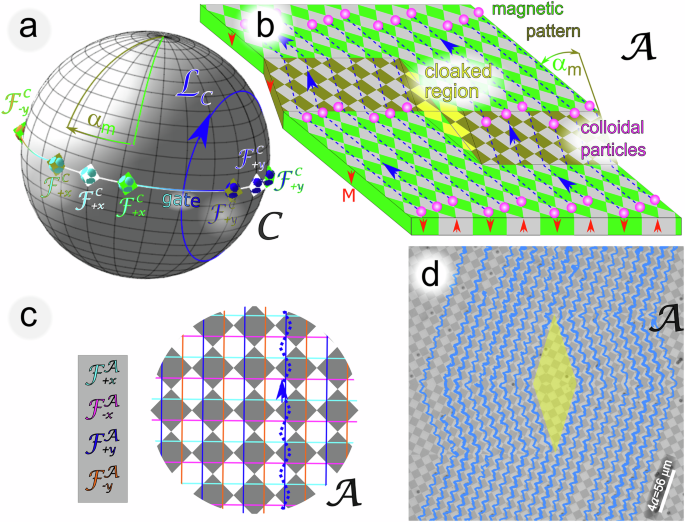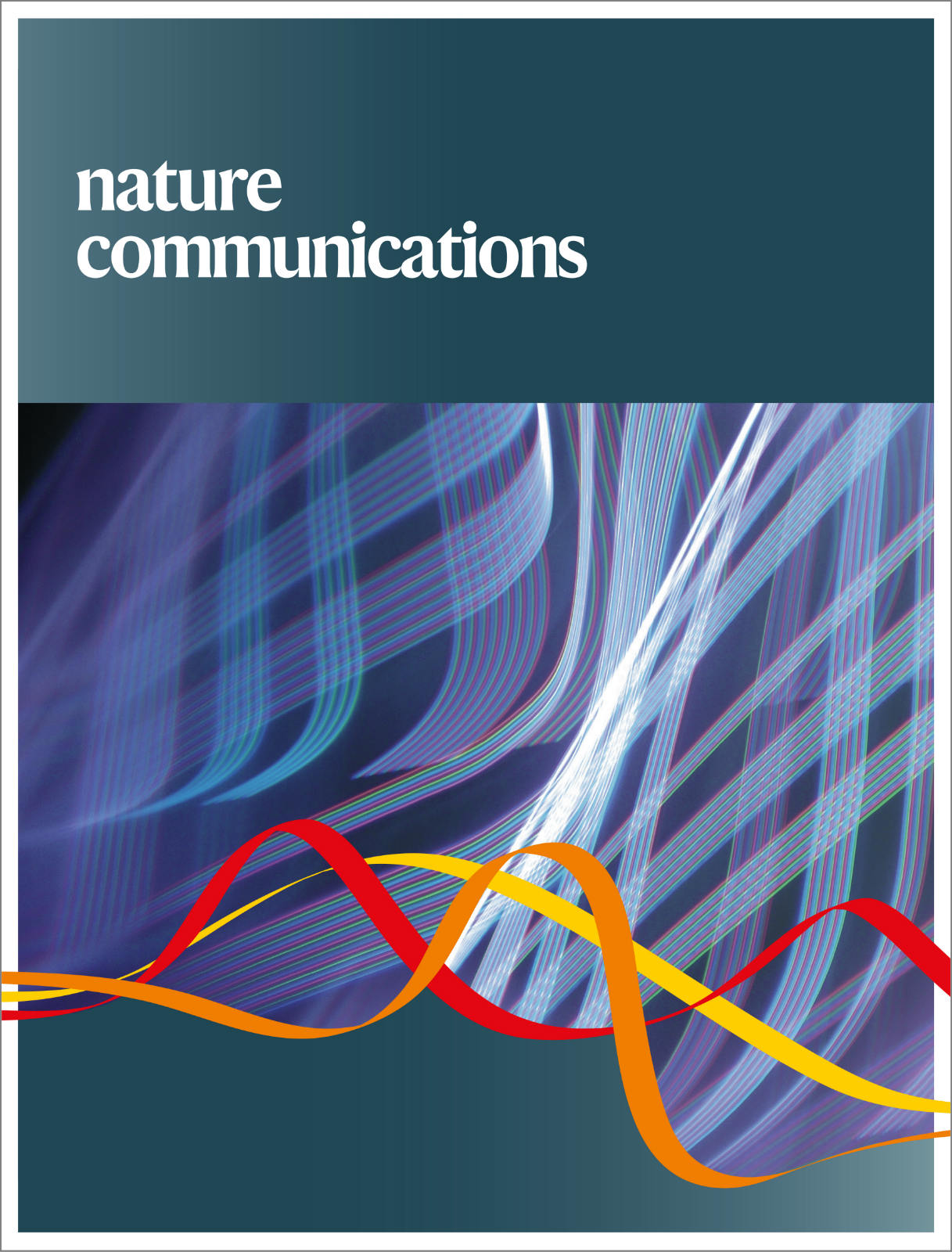Topologically cloaked magnetic colloidal transport
Abstract
Cloaking is a method of making obstacles undetectable. Here we cloak unit cells of a magnetic pattern squeezed into an otherwise periodic pattern from a magnetically driven colloidal flow. We apply a time-periodic external magnetic field loop to an ensemble of paramagnetic colloidal particles on the deformed periodic magnetic pattern. There exist topological loops where the particles avoid to trespass the cloaked regions by robustly traveling around the cloak. Afterwards the ensemble of particles continues with a motion identical to the motion as if the distorted region were nonexistent and the ensemble would have trespassed the undeformed region. We construct the cloak by continuously squeezing new conformally mapped unit cells between those of the originally undeformed and periodic pattern. We find a cloaking/decloaking transition as a function of the size and shape of the newly squeezed-in region. A cloak is scalable to arbitrary size if the biholomorphic map from the undistorted periodic lattice to the region outside the cloak locally rotates by less than an angle of forty five degrees. The work generalizes cloaking from waves toward particles.


 求助内容:
求助内容: 应助结果提醒方式:
应助结果提醒方式:


